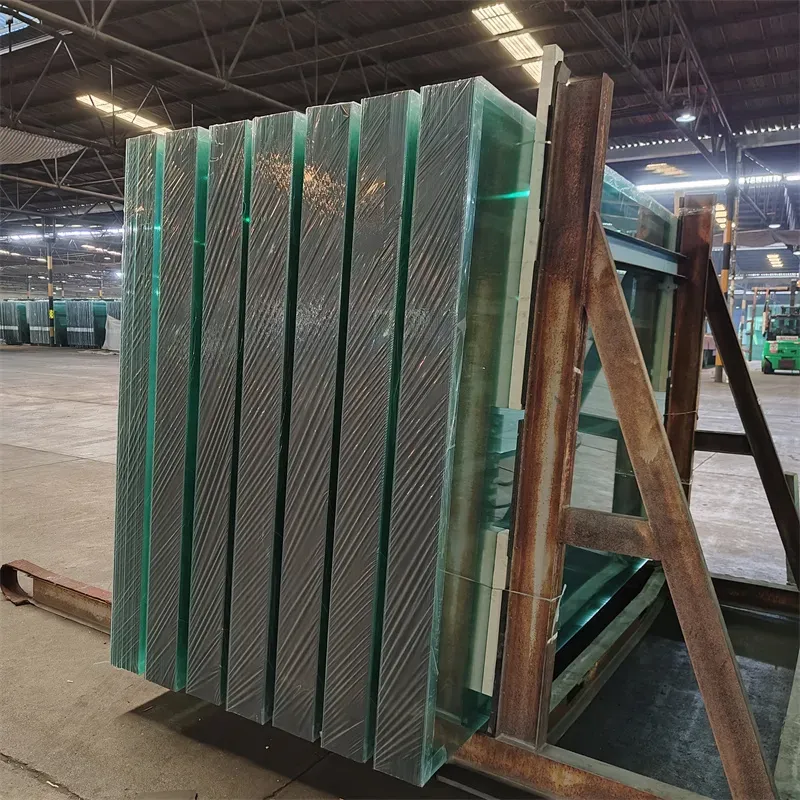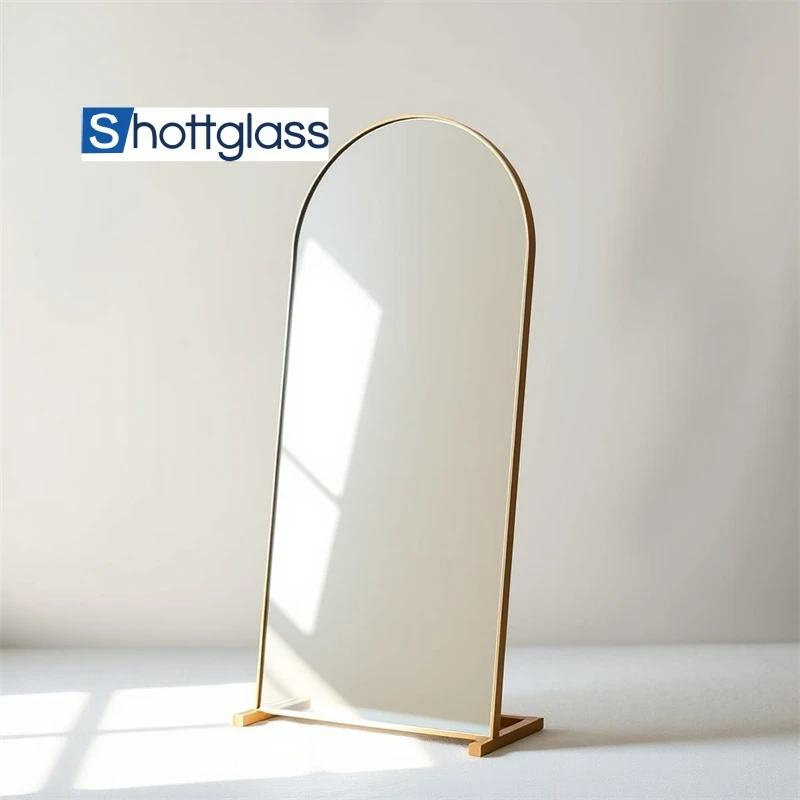Mai . 30, 2025 18:22 Back to list
What is the Difference Between Float Glass and Normal Glass?
When it comes to sourcing glass for commercial, architectural, or industrial use, understanding the material’s specifications is critical. One of the most common questions we receive from buyers and design professionals alike is: What is the difference between float glass and normal glass? While these terms are often used interchangeably, they refer to very different types of products with distinct performance characteristics, manufacturing processes, and applications.
In this guide, we’ll clarify the difference, outline the advantages of float glass, and help you make informed decisions when choosing glass materials for your projects.
Was ist Floatglas?
Float glass is a high-quality, flat glass made using the “float process”—a manufacturing method developed in the mid-20th century that revolutionized the glass industry. In this process, molten glass is poured continuously onto a bath of molten tin. Due to gravity and surface tension, the glass spreads evenly over the tin bath and forms a uniform thickness and smooth, polished surface on both sides.
The result is an extremely flat, distortion-free glass with excellent optical clarity and consistent thickness. Float glass is the base material for almost all modern architectural and value-added glass products, including tempered glass, laminated glass, insulated glass units (IGUs), and coated glass.
What is Normal Glass?
The term “normal glass” often refers to sheet glass or plate glass—older manufacturing methods that preceded float technology. Sheet glass is made by drawing molten glass vertically or rolling it through metal rollers. These traditional processes often result in glass that contains slight distortions, uneven thickness, and less visual clarity.
Although “normal glass” may still be used in low-cost applications or where high optical quality is not required, it has largely been replaced by float glass in nearly every commercial and industrial application.
Key Differences Between Float Glass and Normal Glass
1. Manufacturing Process
Float Glass: Produced by floating molten glass over a tin bath in a controlled environment, resulting in highly uniform surfaces.
Normal Glass: Typically made by older methods like drawing or rolling, which can lead to irregularities.
2. Surface Quality
Float Glass: Smooth, distortion-free, and extremely flat, making it suitable for precision applications like mirrors, optical devices, and architectural glass.
Normal Glass: May contain visual ripples or imperfections due to inconsistent production processes.
3. Optical Clarity
Float Glass: Offers high transparency and clarity, with minimal distortion even in larger sizes.
Normal Glass: Lower clarity, especially in thicker panes or large sheets.
4. Thickness Uniformity
Float Glass: Uniform thickness throughout the sheet, critical for high-end processing like tempering and lamination.
Normal Glass: Variable thickness, which can lead to challenges in downstream applications.
5. Versatility
Float Glass: Can be processed into a wide range of advanced products—tempered, laminated, low-E coated, or tinted glass.
Normal Glass: Limited in post-processing capabilities due to inconsistent quality.
Applications of Float Glass vs. Normal Glass
| Application | Floatglas | Normal Glass |
| Architectural Façades | ✔ High-performance clarity and strength | ✘ Not suitable for modern facades |
| Autoglas | ✔ Basis for laminated and tempered glass | ✘ Not used |
| Spiegel | ✔ Perfect flatness and surface quality | ✘ Distortion in reflection |
| High-End Interiors | ✔ Uniform and elegant appearance | ✘ Lower aesthetic appeal |
| Low-Cost Frames or Hobby Use | ✘ Overqualified | ✔ Sufficient for basic applications |
Why Float Glass is the Industry Standard Today
Float glass is the foundation of modern glazing systems. Its consistent quality and adaptability make it the default choice for nearly all high-performance glass products. Whether you’re developing commercial façades, storefronts, skylights, furniture, or automotive glass, float glass is the material that guarantees precision, safety, and long-term performance.
At Shottglass, our float glass products are manufactured under tightly controlled conditions using premium raw materials. We maintain strict quality assurance at every stage—from raw glass formation to post-processing—ensuring our float glass meets global standards such as ISO 9001, CE, and SGS certification.
Why Choose Shottglass Float Glass
Shottglass provides float glass that is engineered for precision and durability. Available in multiple thicknesses (ranging from 2 mm to 19 mm), our float glass can be customized to fit both standard and advanced applications. Whether you’re looking for high-clarity glass for retail displays or robust base glass for tempered or laminated solutions, we deliver consistent quality every time.
We also offer OEM services and wholesale programs for clients looking to scale up production or source specialized products from a trusted China-based float glass manufacturer.
Final Thoughts
While “normal glass” may be suitable for limited, low-grade applications, float glass is the benchmark for quality and reliability in today’s demanding markets. Its superior optical clarity, structural integrity, and versatility make it the go-to material for architects, engineers, contractors, and product manufacturers.
If you're seeking dependable float glass for your next project—whether architectural, industrial, or custom design—Shottglass is your ideal partner. Contact us today for pricing, technical specs, or OEM inquiries.

-
Chemically Strengthened Glass vs Tempered Glass
NachrichtJul.18,2025
-
Custom Frosted Glass Applications
NachrichtJul.18,2025
-
What’s the Difference Between Obscure Glass and Frosted Glass?
NachrichtJul.18,2025
-
Bullet Resistant Glass Levels
NachrichtJul.18,2025
-
Silver Wall Mirrors for Living Room
NachrichtJul.18,2025
-
Bullet Resistant Glass Definition
NachrichtJul.18,2025
Verwandt PRODUCTS














